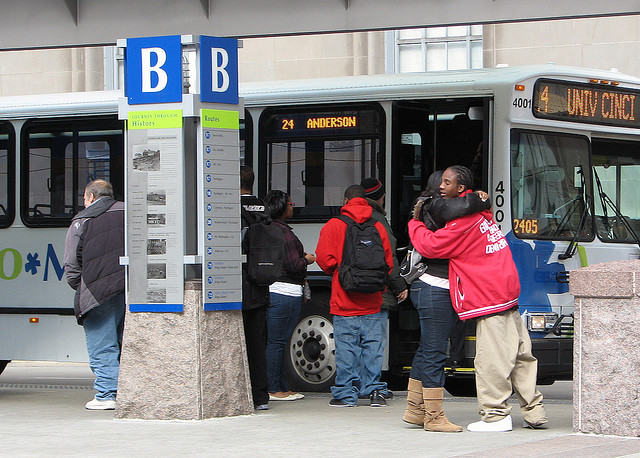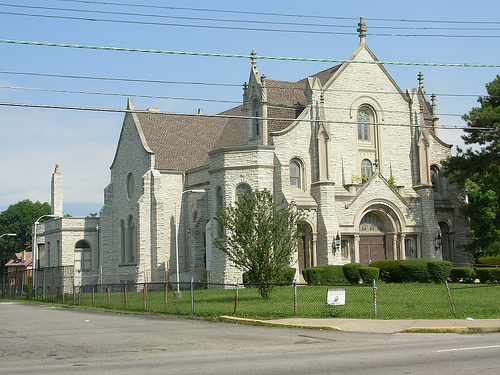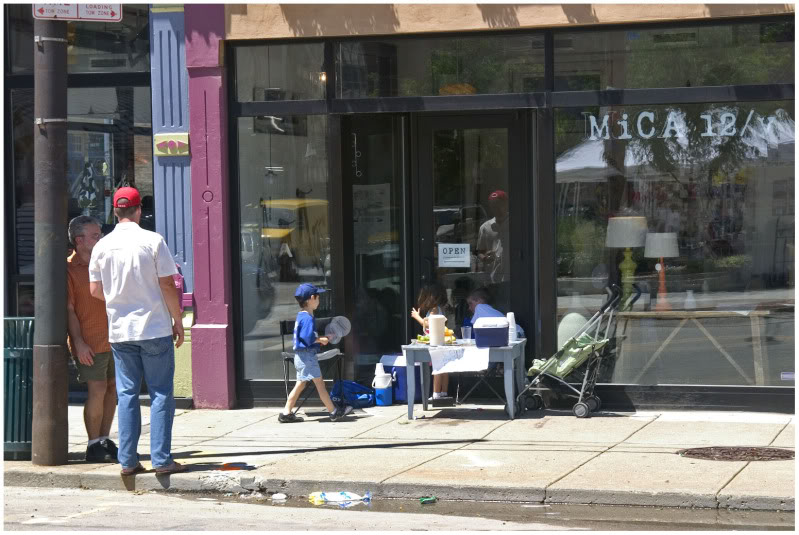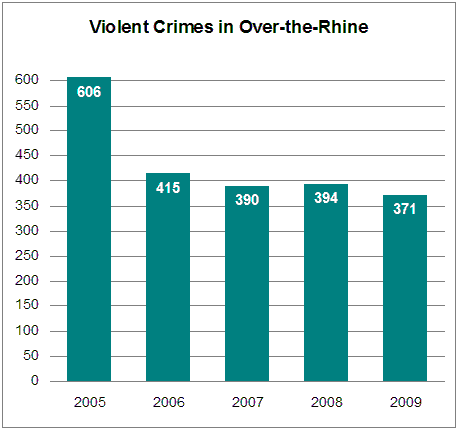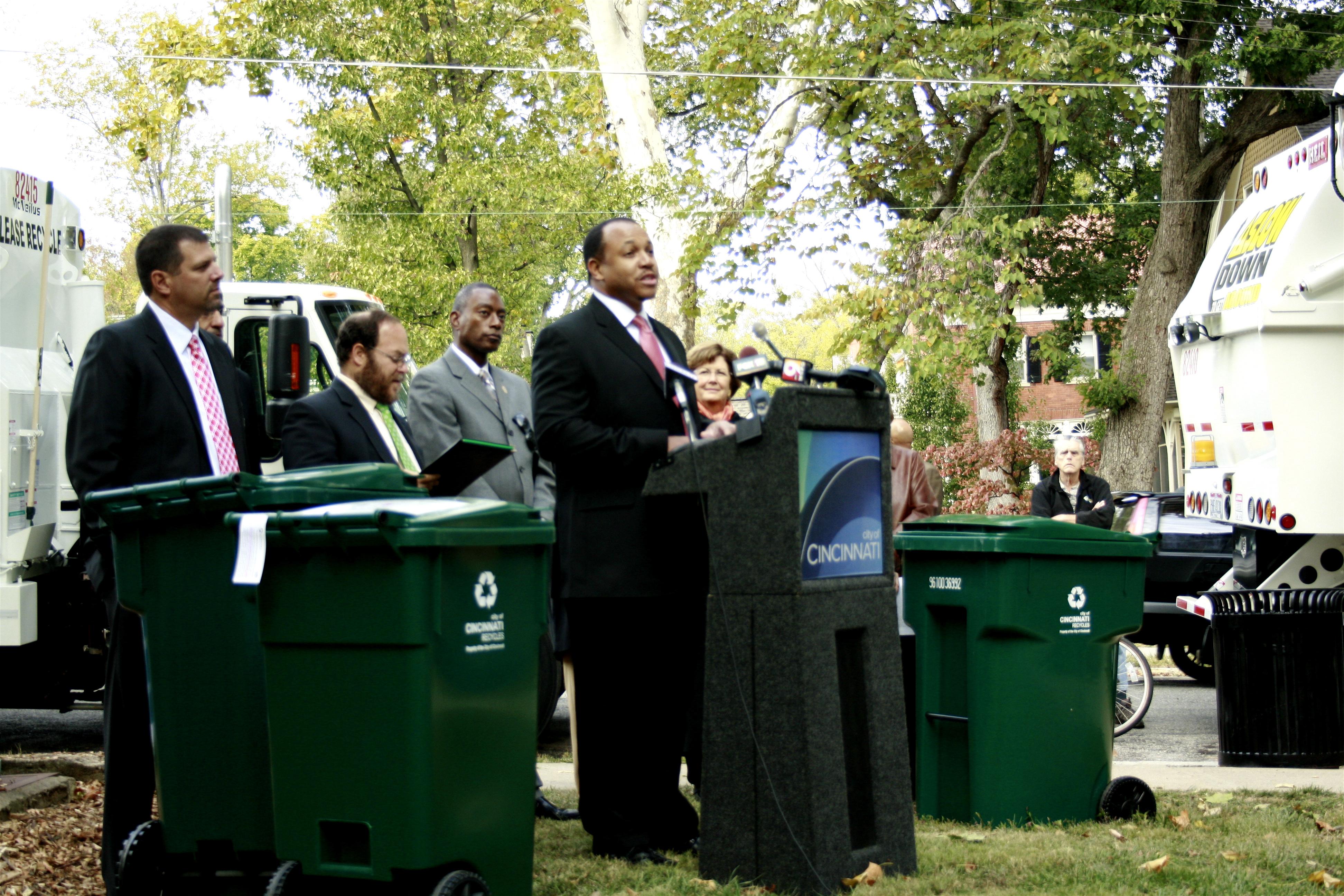There are increasingly fewer and fewer development sites remaining inside Cincinnati’s central business district. There are small surface lots scattered about the CBD, and some larger collections near City Hall and the Hamilton County Courthouse, but outside of that there is not much land left to be built upon.
This makes the things we do build on those sites even more important. The Banks seems like it will end up being successful in an urban design context, as well as an urban vibrancy context with its inclusion of so much residential in addition to office, retail and entertainment space. The recent Procter & Gamble daycare facility on Broadway Street, not so much.
What has long held back Cincinnati has not been a lack of tourists, commerce, or entertainment, but rather it has been the lack of a critical mass of residents. The lack of this critical mass is what has prevented the CBD from attracting everyday retailers, groceries, affordable dining, and later evening hours for all of the above.
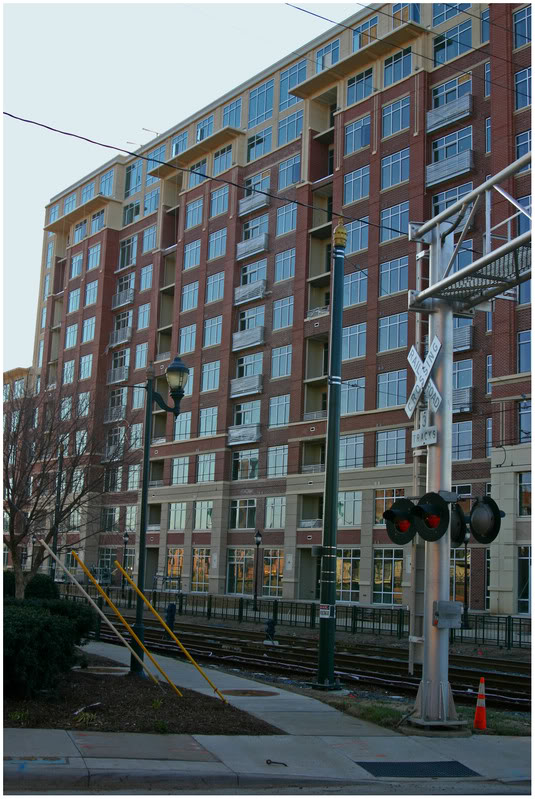
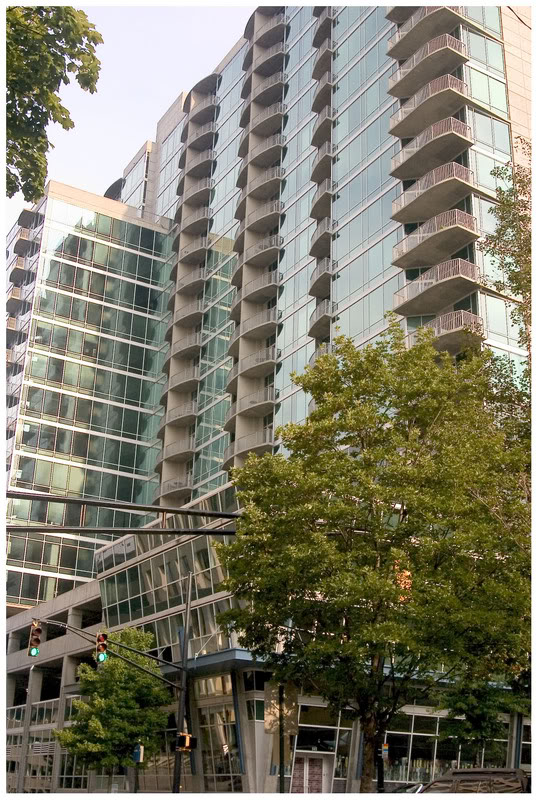
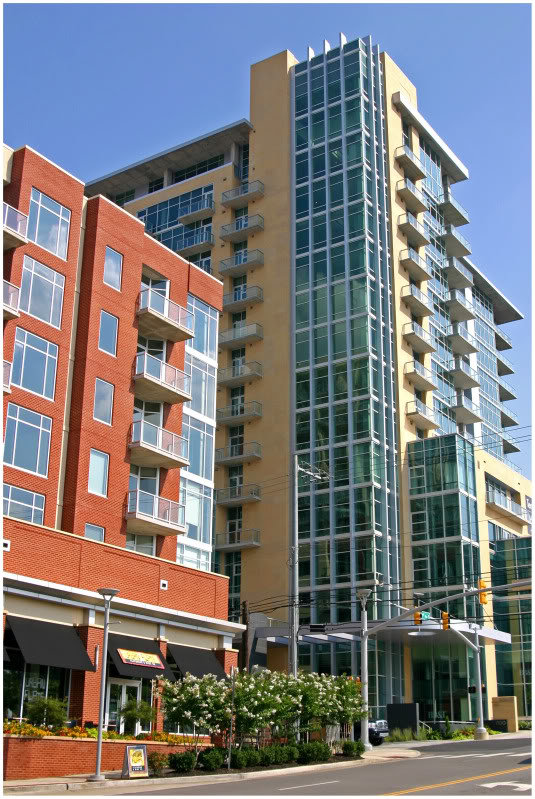
According to a 2009 Downtown Cincinnati Inc. report, there are 9,000 residents living in the greater downtown area which primarily includes the CBD and Over-the-Rhine. According to the same DCI report, that number of downtown residents is expected to grow to 12,500 by 2012 largely in part to the opening of the initial phase of The Banks. Even while this growth is encouraging, if Cincinnati wants its center city to be truly vibrant around the clock, more needs to be done.
Cincinnati leaders should identify residential focus areas and work with developers on a comprehensive plan that would strategically place residents throughout the center city in the most economically feasible, and beneficial ways. Based on Cincinnati’s current central business district buildout, its surrounding neighborhoods, and potential opportunities I have developed a general plan for two residential focus areas for which Cincinnati leaders should develop.
Core High-Rise:
Within the CBD itself there are several real opportunities to not only add to the urban context, but its vibrancy. Surface lots at Fifth & Race, Seventh & Vine, Fourth & Plum, and Third & Race offer the greatest potential of them all. These sites could all potentially host high-rise residential living which could finally put Cincinnati’s center city over the top.
Affordable and successful residential high-rises can be done. Many cities around the country have experienced this first-hand. In Atlanta, 30- to 40-story residential towers have sprung up throughout Midtown and Buckhead like weeds, and were often built in an almost cookie cutter way that was sure to deliver profits for the developer. The same has happened in Charlotte, Miami, Austin, Portland, Seattle, Philadelphia, Denver, San Diego, Chicago, and elsewhere.
These efforts should not exist on their own, but rather also work with potential residential conversions of aging office structures nearby. This will remove antiquated office space from the market, and add critical new housing opportunities within the center city.
Mid-Rise Community:
Another great opportunity for the CBD is a collection of low- to mid-rise residential structures near City Hall on approximately four city blocks of available surface parking lots. The area is bounded by Over-the-Rhine to the north, the Betts-Longworth Historic District to the west, Ninth Street Historic District to the south, and the Court Street district to the east. All of these surrounding areas are made up of three to five story structures which would make a three to five story residential community ideal in this area.
It would make sense to include townhouses/rowhouses along Ninth Street and Central Avenue to help create a natural blend with the surrounding areas, but also provide a greater mix of residential offerings. The rest of the residential focus area would be made up of multi-unit mid-rises similar to those being built at The Banks right now. This addition of residential activity would inject new life into arguably the most lifeless part of the CBD, and it would create a tangible connection from the CBD to Over-the-Rhine and the West End.
While not identified as a focus area due to its small size, the surface lots near Eighth & Sycamore should also be developed with a residential focus to compliment the burgeoning residential district there.
By developing a strategic approach for implementing new residential offerings in Cincinnati’s center city, city leaders and developers will be able to improve the area’s urban framework and its vitality. New residents will demand new retail offerings that will benefit the thousands already living within the greater downtown area, and more residents will help drive existing businesses to maintain later hours to serve the growing residential base.
The buzz surrounding 21st century planning has often been about creating 24/7 urban communities where people live, work and play. Cincinnati already has a great set-up for exactly that, its leaders and investors simply need to take advantage of those opportunities and position the center city for even greater success.
